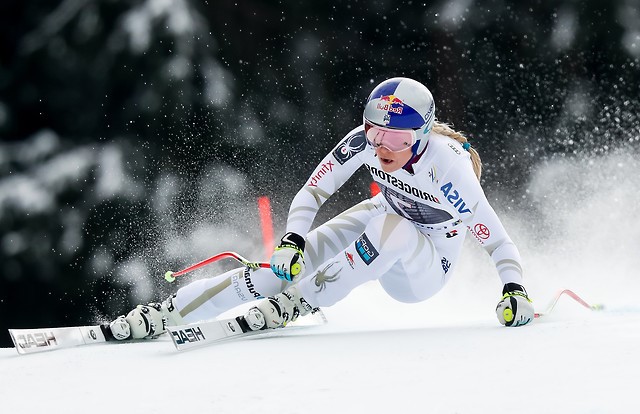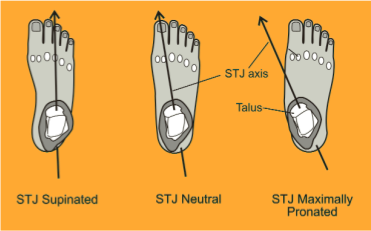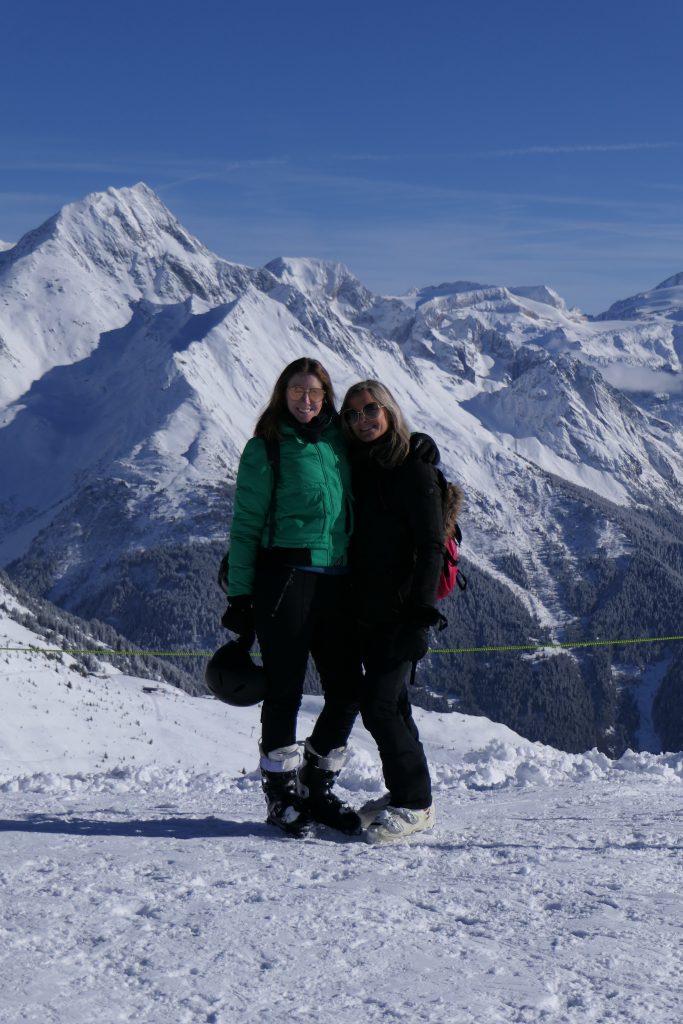I’ve “copied and pasted” most of the writing here from previous posts – necessary for overcoming time constraints…
The common denominator between the two skiers was a complete lack of hip angulation and resultant rotation of the upper body. Steph had stronger natural dynamics but was still managing to push her skis outward during the turns so her dynamics were clearly not consciously executed. For those reasons we began the session working on angulation…
In only 4 hours we covered and outline of what I consider the three main building blocks of skiing:
Hip Angulation (how to NOT face downhill)
Dynamics (including skating/feet)
Pivot (skis working laterally/braking)
Hip Angulation
- Ensure neutral pelvic tilt relative to the lumbar spine
- Tilt forward at the hip joints
- Pulling back the outside hip (abdominal postural reflex)
- Chest and shoulders do NOT face downhill
- Hold the arms, hands in the “goalkeeper” position


Dynamics
- This is mainly about using the outside leg (start of new turn) to push the centre of mass into the centre of the new turn – for the whole duration of the turn
- Notice in the photos above the outside leg is essentially straight in a skating action and flexion for absorption and other purposes is at the hip joint
- The centre of mass goes down toward the snow – and to complete the turn it comes back up – like a motorbike in a turn
Feet
- Pronation of the subtalar joints of both feet simultaneously to place the feet on their inside edges
- Activation of the adductor muscles of the inner/upper legs
- This is for a solid support base for active dynamics/skating – so the ski is not pushed sideways and the centre of mass is moved inward instead


Pivot
- Skis also travel sideways – side slipping
- The ski turns more efficiently into a turn from its outside edge (compared to a stem and inside edge)
- This lateral movement requires solid pole planting (downhill) to control the centre of mass
- This is a braking form of skiing (fall-line skiing) – always on the uphill edges
Combining Dynamics and Pivot
- Dynamics depends of forward motion of the skis and lateral falling/pushing of the centre of mass
- Pivot depends on lateral motion of the skis – but always with the centre of mass being driven inward
- The two can be combined – when there is both forward and lateral motion – making overall control of trajectory and speed totally under control of the skier
- The essential element to take from combining pivot and dynamics is to execute the turn transition from the uphill edge of the uphill ski – noting that the ski enters the new turn more easily than when on its inside edge and this also prevents stemming
After just one session the unwanted rotation was replaced by hip angulation and dynamics were being generated with clear intent for both skiers – also Steph’s narrow stance shows that she had connected with starting the turn transition from the uphill edge of the uphill ski (as for the pivot).



